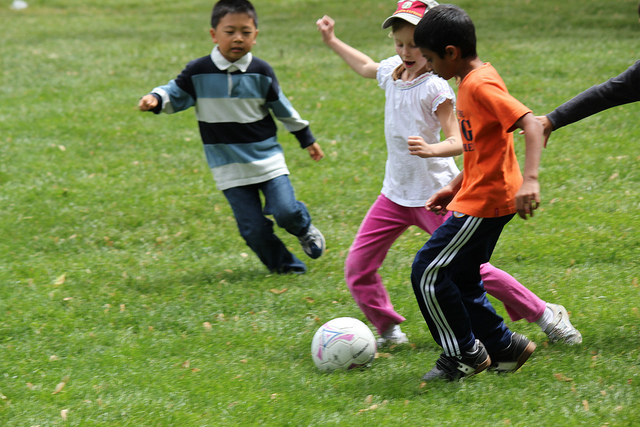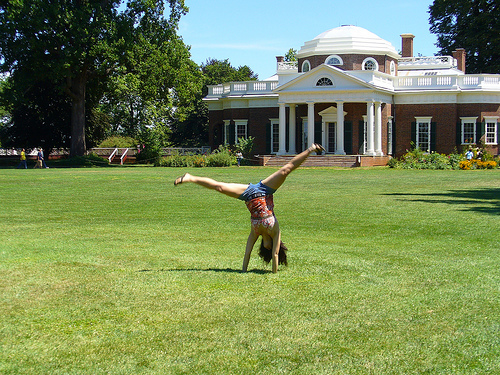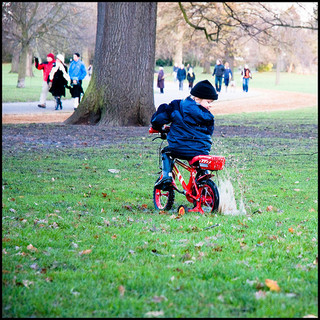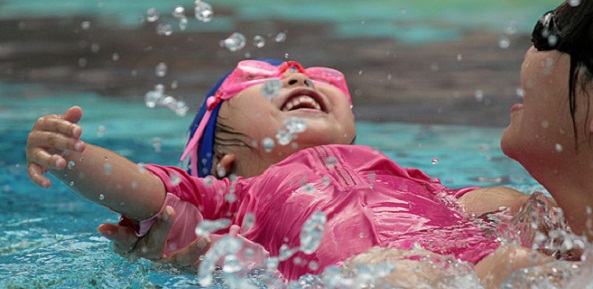Yoga is a wonderful practice for kids to get into. Some of the reported benefits to kids doing Yoga include reducing stress, helping kids’ focus, concentration and memory, and improvement in appetites, sleep, and overall well-being. With a little help from a DVD, online video, app, book, or some nifty yoga cards, you can help your kids practice Yoga at home.
With that in mind, we have sought out the best stuff to help you get your kids doing some super cool yoga stuff pronto. Namaste.
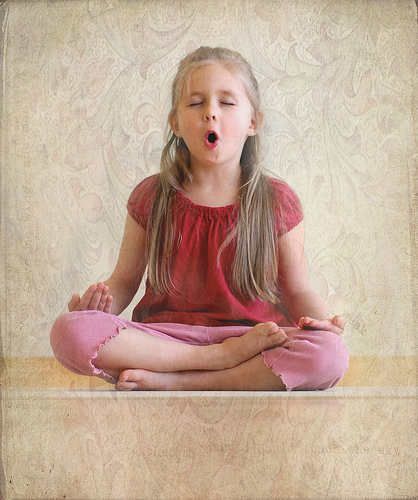
Best Yoga DVDs for Kids
There are quite a few yoga DVDs aimed at kids. We checked out the following:
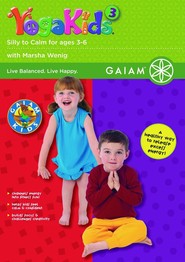 |
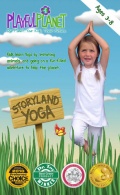 |
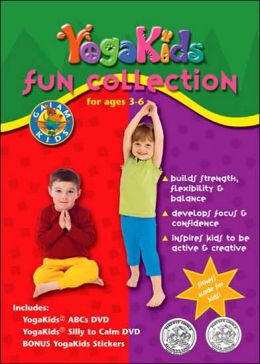 |
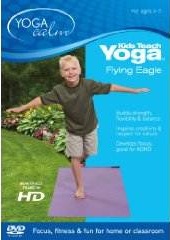 |
 |
|---|
For ages 3-5
The best DVD for the ages 3-5 seems to be a toss-up between YogaKids, Vol. 3: Silly to Calm and Storyland Yoga: Yoga for Kids and Families (ages 3 to 8). Oddly enough, a few reviewers for both DVDs found them a little “weird,” but overall, the reviews for both these DVDs were very positive. A lot of users like to use Silly to Calm before bedtime to get their kids to wind down and become calm and peaceful. A common complaint about this DVD seems to be that there is a bit too much downtime or long pauses in the DVD where the instructor talks about the beauty of trees, etc. The other DVD that is good for this age range is Storyland Yoga: Yoga for Kids and Families. This DVD has two stories with a bit of an eco-conscious message that introduces Yoga by having kids learn yoga postures that are related to the story. What people really like about this DVD is that it keeps very kids interested and gives a fun, engaging elementary introduction to Yoga.
For ages 6 to 9
For ages 6-9, the best DVD seems to be Yoga Kids Two by Marsha Wenig (not to be confused with Yoga Kids, Vol. 2: ABC’s for Ages 3-6). This age group has a bit less choice in yoga DVDs than the younger group, so it’s a little harder to find a standout DVD, but the few reviews we could find(mostly from Amazon) are very positive.
If you are looking for something a little different, you can try Kids Teach Yoga – Flying Eagle starring Lynea Gillen and Haley. Most reviews for this DVD are excellent, one of the things that people like about this DVD is that a child leads the class.
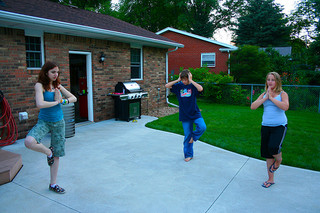
For ages 9+
For ages 9+, we recommend Shanti Generation: Yoga Skills for Youth Peacemakers – Ages 7-16. This is an excellent DVD for youth because it gives guidance on how to achieve stress relief, self-awareness, and self-empowerment all through Yoga. It has five 30 minute sessions to choose from, as well as breathing and relaxation exercises.
Yoga Apps for Kids
One of our favorite yoga apps is Super Stretch Yoga. It is a super helpful resource to help kids learn a few simple poses. What is great about this app is that Super Stretch Yoga includes poses that are easy for children, boys, and girls both appear in the app, and the illustrations are distinctive and appealing for kids.
Kids Yoga Journey is another exciting option for those a little more serious about Yoga. They offer four apps: I am Love, I am Sun, I am Moon, Short Sequence: Kids’ Yoga Journey Lite, and I am energy. All of the apps are for slightly different ages, it is much more new-age than Super Stretch Yoga, but it is worth a look.
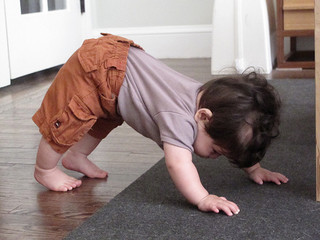
Yoga Decks (Cards) for Kids
There are few different yoga decks you can choose from that are available the cards that have the best reviews are the Yoga Pretzels (Yoga Cards) by Tara Lynda Guber. The reason a lot of people like these cards over some of the other yoga cards out there is because they are bigger, sturdier, and more colorful than other cards making them easier to use. The Yoga Pretzels cards include yoga poses, games, and breathing exercises, while other products only have Yoga poses on the cards. One drawback to these cards that they don’t use common names for the poses; instead, they give the poses new names, so this can be a bit irritating for people who are familiar with Yoga.
Free Online Yoga Classes for Kids
Also, check out these super easy to follow YouTube yoga videos for kids:
Read More: Resources to Teach Children to be Resilient
photo credit: mantella via photopin cc
photo credit: JacobEnos via photopin cc
photo credit: papermoons via photopin cc

